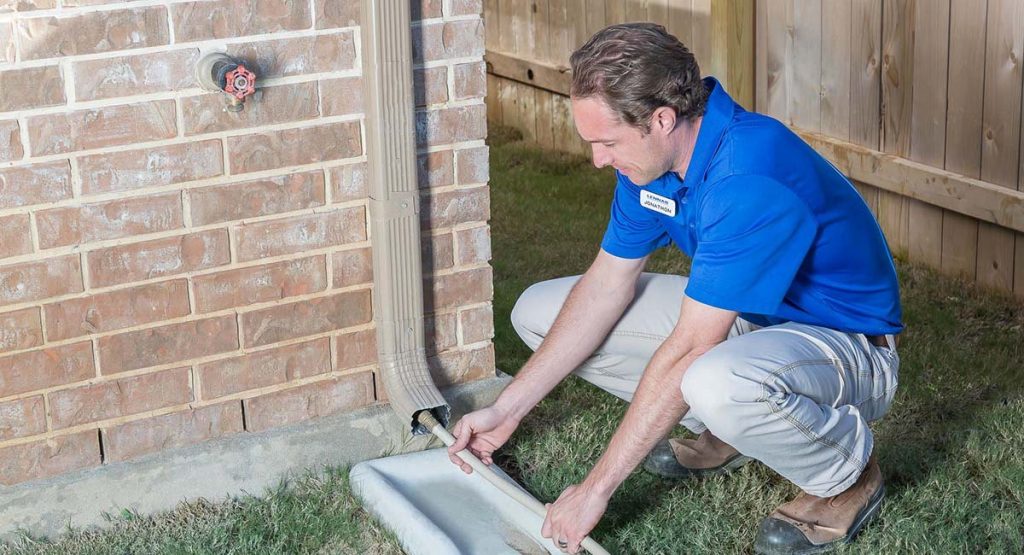How to budget for your new home (before you live there)
This starter guide can help you understand the monthly commitments that come with your new home.
If you are currently looking to buy a new home, a hearty “Congratulations!” is in order. Congratulations on taking this next exciting step in your life! You must be bubbling over with anticipation; you cannot wait to live in a place that is “yours” by deed and title. Alas, in the back of your mind, you hear a little voice trying to spoil the moment; the fictitious vocals of your wallet are verbalizing your underlying, unacknowledged concerns: “How are you going to afford this? Do you even know what you are going to owe a month? What if you miss a payment?”
Your wallet can be such a killjoy, but this time there is no need to panic. You can afford a new home if you research and prepare for the financial obligations in your future. This article will be your starter guide to budgeting for a new home by outlining your monthly monetary commitments.
Monthly Mortgage Payments
Your monthly mortgage payments initially depend upon the size of the loan and the selected time frame within which you must pay it off. 15-year and 30-year contracts are the most common mortgage terms. Homebuyers typically prefer a 30-year contract because of smaller monthly payments; but, as you read on, you will find that quantity of time does not equal quality of dime.
Mortgage payments comprise four components – Principal, Interest, Taxes, and Insurance (PITI). Principal is the balance of a loan, while interest is a fee the lender charges for the license to borrow the money. Taxes point to property taxes, and insurance touches on property insurance and private mortgage insurance (PMI). Let’s break down the “ITI” of these payments.
Interest (I)
Interest rates directly impact the size of a loan. As a homebuyer, you want a low interest rate, so that you can borrow more money; however, these rates are conditional upon several factors, such as the term of the loan. Lennar Mortgage, a Lennar affiliate offers varying loan types with fixed and adjustable-rates over the course of 15- and 30-year contracts.
Your credit score is another dynamic in the configuration of charged interest. A lender will look at your credit report, which relays a thorough account of your credit history, including past and present debts, bankruptcies, liens, civil judgements, and collections, to find your credit score – a three-digit number ranging from 300 to 850. If you have a credit score of 700 or higher, you may be eligible for lower interest rates. To acquire a free copy of your credit report, go to Annual Credit Report.
A substantial down payment – the amount of money you put down on a home’s purchase price at the commencement of its procurement – may also lower interest rates. The more monetary appreciation you place in your new home, the more equity (i.e., value of ownership) you receive.
Finally, lenders use the loan-to-value (LTV) ratio to calculate the level of risk in approving a loan request; if they move forward with the loan, the LTV ratio weighs in on credited interest. To find this figure, divide your mortgage by your home’s appraised value and multiply the answer by 100. An example: Your new home is worth $185,000, and you borrowed $99,000; therefore, the LTV ratio (99,000/185,000) is 53%. Lenders will impose higher interest rates on borrowers with high LTV ratios because those clients are seen as “high-risk,” more likely to default (i.e., fail to pay off a loan).
Taxes (T)
Property or real estate taxes turn into funding for public services and institutions, such as police and fire departments, school districts, roadway maintenance, and recreation efforts. These financial mandates are calculated annually by the government, but vary by the location and appraised value of your home. To discover the property value and consequent taxes tied to a home you are looking to buy, visit Property Shark or contact the office of the county assessor or recorder.

auto-reverse
• Unused toilets
• Water softener
• Water heater
• Refrigerator coils
• Gutters
• Siding
• Roofing
• Plumbing
• Dryer vent and other exhaust vents
• Fireplace/chimney
By regularly caring for your home and its features, you will eliminate the stress and financial burden that is stimulated from these tasks piling up in a day or any one of these items unexpectedly breaking at an inopportune time.
Homeowners Association (HOA) Fees
Most planned developments have a homeowners association (HOA) that is responsible for constructing and maintaining the rules and conventions that keep a community united on several fronts. Each HOA collects monthly, quarterly, and/or biannual fees from its residents for the maintenance of community features (e.g., security gates, swimming pools, and playgrounds) and care of common areas (e.g., snow removal and lawn upkeep). You should be able to request a valuation of the periodic fees from the HOA directly or your New Home Consultant.
Online Budgeting Sources:
Home Affordability Calculator
BudgetPulse
BudgetSimple
Top 10 Best and Free Online Budgeting Tools
Additional Sources:
Dave Ramsey’s 5 Steps to Buying a Home That Won’t Bust Your Budget
Comparison of 30-Year vs. 15-Year Mortgage
4 Things to Know When Buying Homeowners Insurance (Levels of Coverage)
Find the Average Electric Bill in Your Area
Home Maintenance by House Logic
Find Out Total HOA Dues Before Buying In




